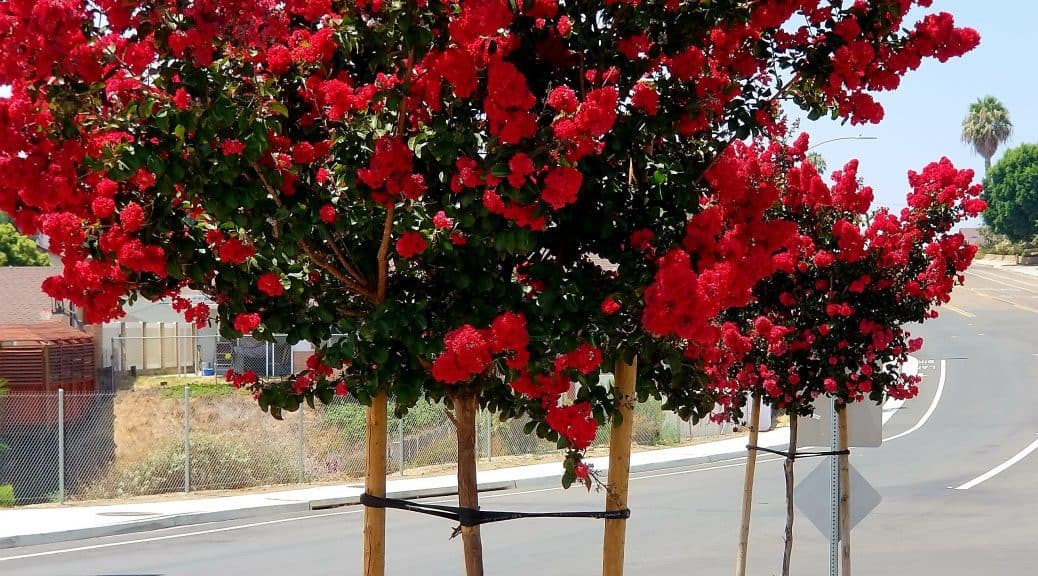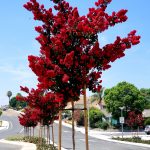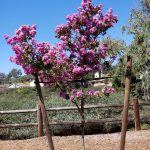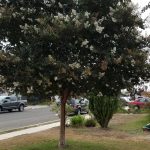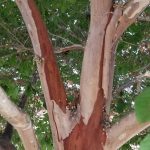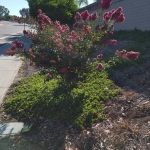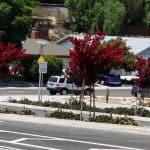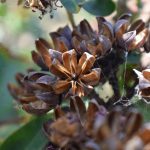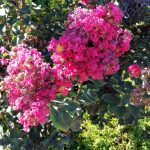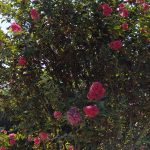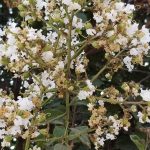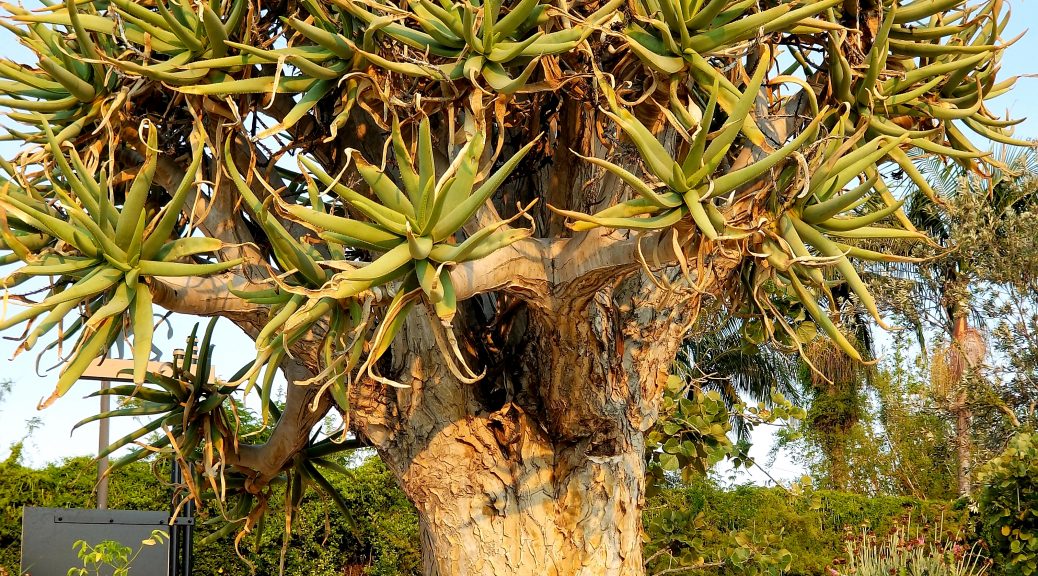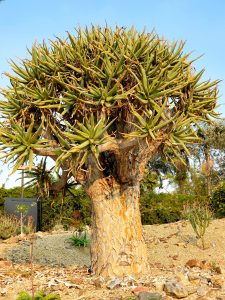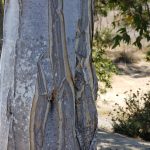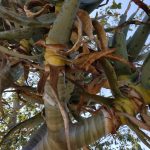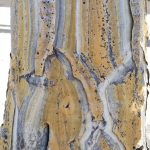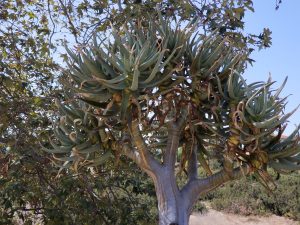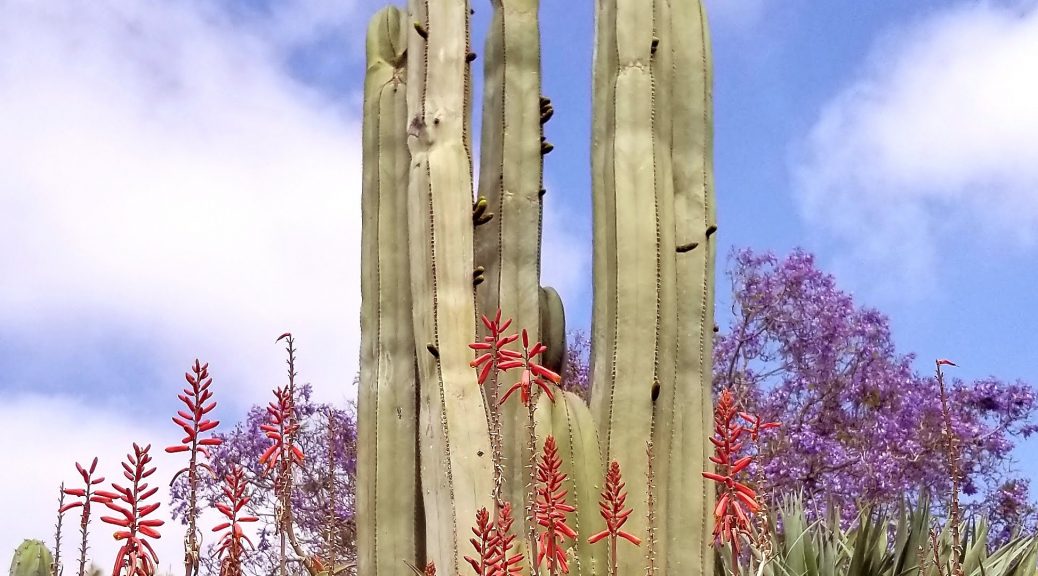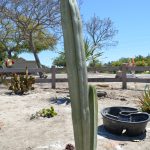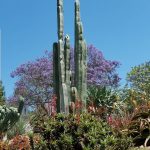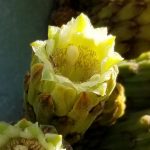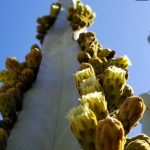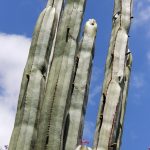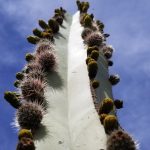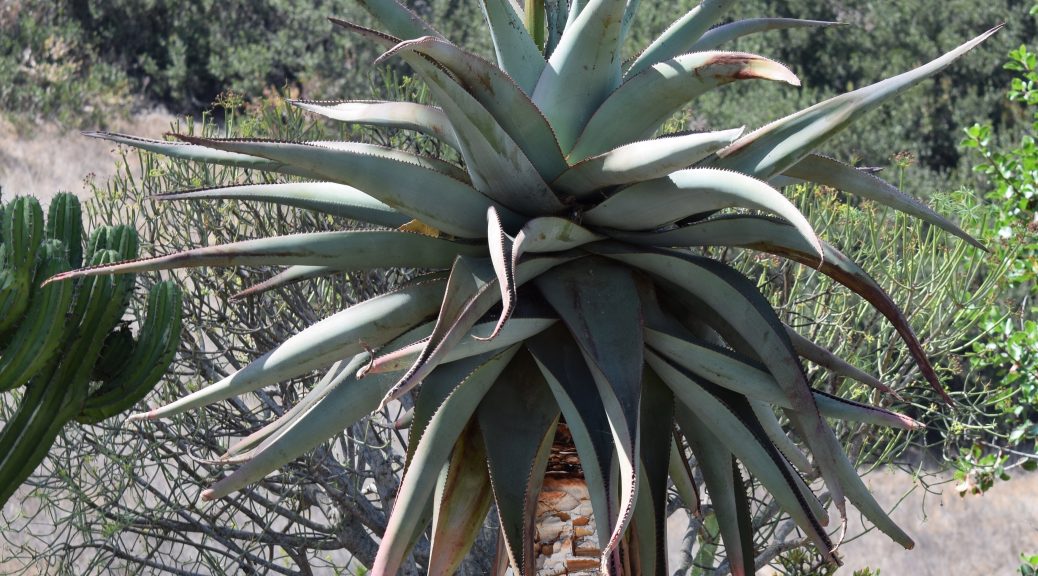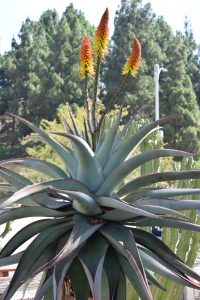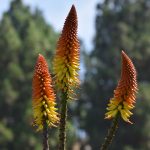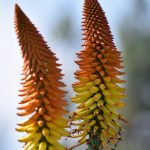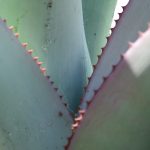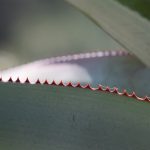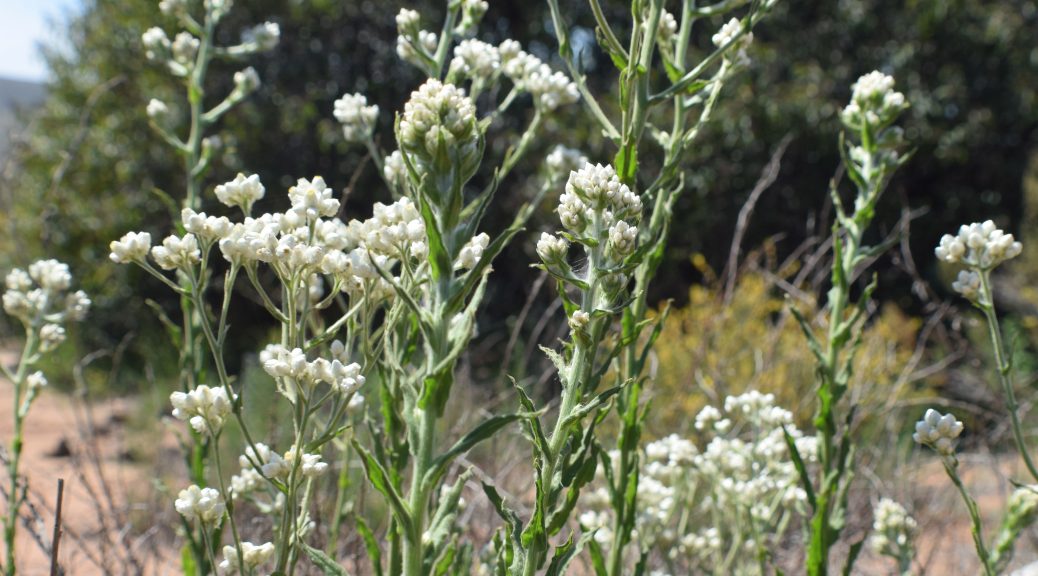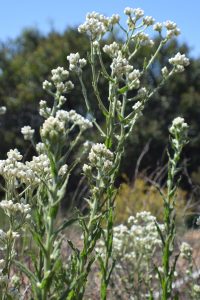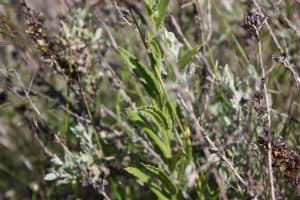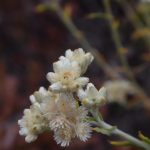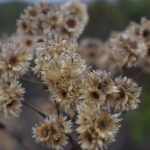Crepe Myrtle or Crape Myrtles are best known for their colorful and long-lasting flowers. Most species of Lagerstroemia have showy stems and branches with a mottled appearance that arises from the bark that sheds throughout the year. The leaves are opposite and simple, with entire margins, and vary from 2–8 inches. Lagerstroemia in is habitat can to 100 feet in height, however there are small to medium multiple-trunked trees and shrub cultivars’ that vary from 4 to 30 feet tall.
Flowers are borne in summer and autumn with panicles of crinkled flowers that are crepe-like textured. Colors vary from white, red and purple to red, with almost every shade in between. The fruit is a capsule, green and succulent at first, then ripening to dark brown or black dryness. It splits along six or seven lines, producing teeth much like those of the calyx, and releases numerous, small, winged seeds.
The wood of some species has been used to build bridges, furniture, and railway ties.
The Southeast Asian Lagerstroemia speciosa is commonly known as banaba has been traditionally consumed in various forms in the Philippines for treatment of diabetes and kidney-related diseases.

